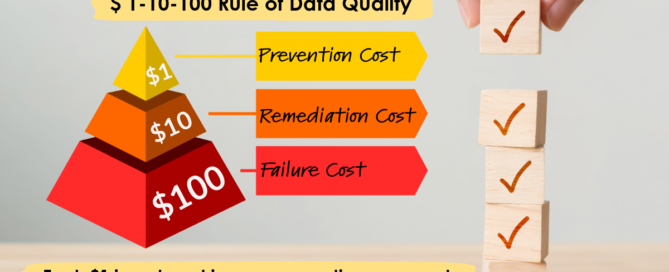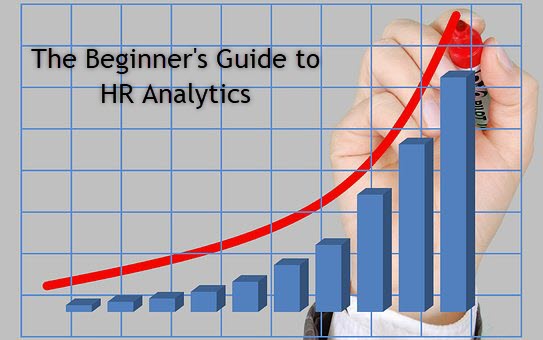The 1:10:100 Data Quality Principle in HR: How to Prevent Catastrophic Costs of HR Data Errors
Picture this simple example: an employee’s date of birth is entered incorrectly in your HR system. It seems like a minor oversight, but this tiny error triggers a chain reaction. The employee is enrolled in the wrong benefits plan, and send to different downstream systems leading to a violation of labour laws. The company faces hefty [...]









